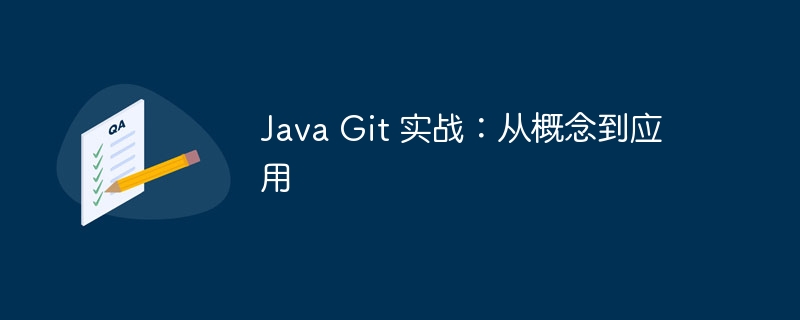

Java Git in Practice: From Concept to Application is a book that deeply explores the practical application of the Git version control system in Java development. PHP editor Banana will introduce you in detail how to use Git to manage code versions, collaborate in teams, and solve common problems in Java projects. Through the guidance of this book, readers will better understand the concepts and principles of Git, and learn to flexibly use Git tools in Java development to improve team collaboration efficiency and code management quality.
application
Project initialization
git init Initialize the local warehouse. git add .. git commit -m "Initial commit". Tracking and Commitment of Code Changes
git add. Branch and merge
git checkout -b new-branch. git checkout master (switch to the master branch), git merge new-branch. Code conflict
Remote collaboration
git remote add origin <strong class="keylink">https</strong>://<strong class="keylink">GitHub</strong>.com/user/repo.git. git push origin m<strong class="keylink">ai</strong>n. git pull origin main. Version release
git checkout -b release-1.0. git tag -a v1.0. git push origin v1.0. Best Practices
tool
in conclusion Mastering Git is key for Java developers to be more productive and collaborative. With a thorough understanding of Git concepts and practical experience with application scenarios, developers can effectively manage code changes, promote collaboration, and ensure the success of projects.
The above is the detailed content of Java Git in practice: from concept to application. For more information, please follow other related articles on the PHP Chinese website!




